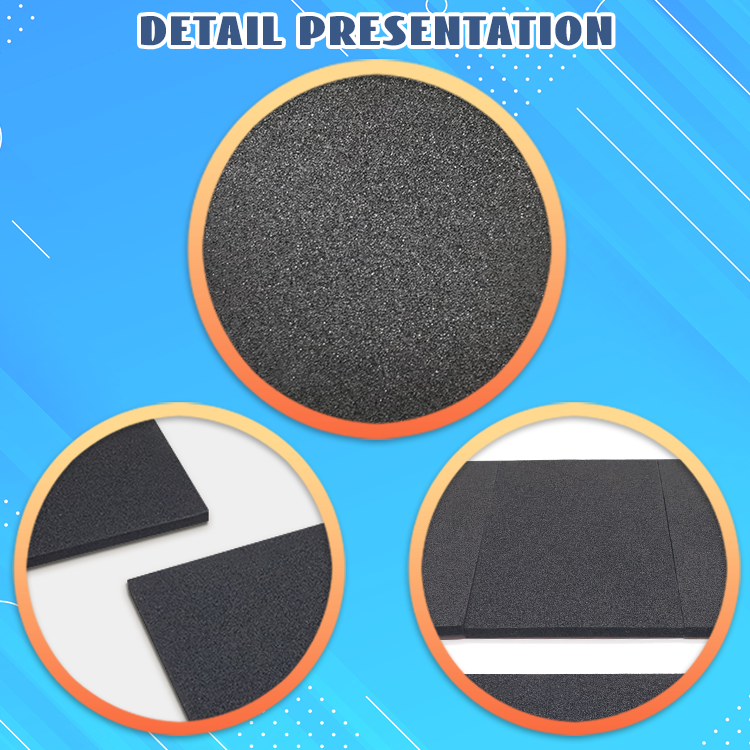Summary: EVA vs. Rubber: Which Sole is Best for Your Needs? When selecting footwear, the sole material plays a crucial role in comfort, support, and traction. EVA (ethylene-vinyl acetate) and rubber are two popular sole materials offering unique properties. EVA is a lightweight and flexible material, providing comfort and cushioning but offering less support than rubber. It is ideal for flexible footwear like sneakers and sandals. Rubber is a more rigid and sturdy material, providing excellent traction, durability, and resistance to deformation. It is perfect for rugged outdoor shoes and industrial applications. The best sole material depends on the specific application: * Flexibility and lightweight: EVA * Traction and durability: Rubber * Both flexibility and traction: Combination of EVA and rubber Therefore, the optimal sole material depends on your individual needs and preferences.

EVA vs. Rubber: Which Sole is Best for Your Needs?
When it comes to footwear, the sole material plays a crucial role in providing comfort, support, and traction. Two popular options are EVA (ethylene-vinyl acetate) and rubber, each offering unique advantages and disadvantages.
Key Points:
- EVA: Softer and more flexible than rubber, offering lesser padding but greater agility.
- Rubber: More rigid and sturdy, providing excellent traction and resistance to deformation.
- Applications: EVA is ideal for flexible footwear like sneakers and sandals, while rubber is better suited for rugged outdoor shoes and industrial applications.

EVA: Flexible and Lightweight
EVA is a lightweight material known for its flexibility and cushioning properties. Its rubber-like characteristics provide some degree of support and comfort, making it suitable for everyday footwear. EVA is often used in sports shoes and casual sneakers due to its flexibility and ability to conform to the foot’s natural movements.
Rubber: Durable and Tractive
Rubber is a more robust material than EVA, offering excellent durability and resistance to wear and tear. Its stiffness provides good support and stability, making it ideal for outdoor shoes and work boots. Additionally, rubber offers exceptional traction on various surfaces, ensuring better grip and stability.

Choosing the Right Sole Material:
The best sole material depends on the specific application. EVA is best for flexible and lightweight footwear, while rubber is more suitable for rugged and protective shoes.
- For comfort and flexibility: EVA is recommended.
- For traction and durability: Rubber is the better choice.
- For both flexibility and traction: A combination of EVA and rubber might be ideal.
Conclusion:
Both EVA and rubber are excellent sole materials with unique properties. EVA offers flexibility and lightweight comfort, while rubber provides durability, traction, and stability. Understanding the characteristics of each material will enable you to make an informed decision and choose the best sole for your footwear needs.

FAQ
Q: Which material is more flexible, EVA or rubber?
A: EVA is softer and more flexible than rubber.
Q: Which material provides better traction, EVA or rubber?
A: Rubber offers better traction due to its stiffness and textured surface.
Q: Which material is better for casual sneakers, EVA or rubber?
A: EVA is ideal for casual sneakers due to its flexibility and comfort.
Q: Which material is more durable, EVA or rubber?
A: Rubber is more durable and resistant to wear and tear.
Q: What are the main advantages of using EVA soles?
A: Lightweight, flexible, and comfortable.
Q: What are the main advantages of using rubber soles?
A: Excellent traction, durability, and resistance to deformation.
